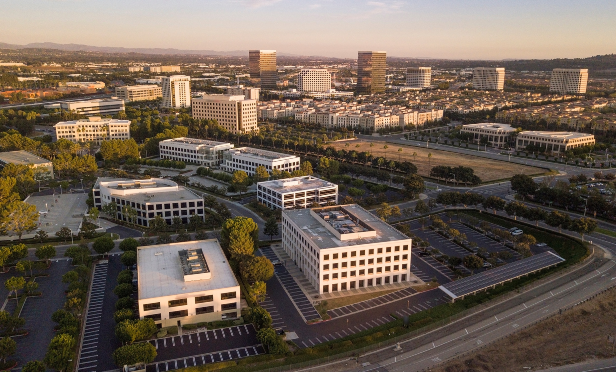 The 2008 financial crisis had a substantial impact on Orange County. The market, which was largely made up of financial services companies, was over exposed to the sub-prime mortgage crisis. This cycle, the market has evolved and developed a more diverse group of industries, and today, the market has evolved to better handle the next downturn.
The 2008 financial crisis had a substantial impact on Orange County. The market, which was largely made up of financial services companies, was over exposed to the sub-prime mortgage crisis. This cycle, the market has evolved and developed a more diverse group of industries, and today, the market has evolved to better handle the next downturn.
"Orange County was one of the hardest hit regions during the Great Recession because of its over exposure to the subprime mortgage industry," Jared Dienstag, research manager at JLL, tells GlobeSt.com. "Because it was hit so hard, Orange County was one of the later market's to recover. This clearly demonstrated the need for our economy to be more diverse. Not only does this encourage people with different talent and education to live and work here, but it also promotes local innovation through research and development, venture capital funding, job growth, and helps build an ecosystem which encourages people to learn, develop, and stay in Orange County."
Housing is also a major difference between this cycle and the last cycle. In the last cycle, Orange County was a largely single-family housing market, but this cycle a large multifamily supply has entered the market. "A noticeable change to Orange County is the growth in multi-family housing," says Dienstag. "The market realized that in order to attract young people to live and work here, additional housing was needed. Since the time the recession ended, Orange County has added over 33,000 multi-family units with the largest supply being added in Irvine. This has provided more people the opportunity to live near where they work and cut down commute time, which everyone who lives in Southern California can appreciate."
In the financial crisis, every asset class was impacted, starting with office, but trickling down to retail as well. "Similar to the rest of country, the recession also has impacted the retail world," says Dienstag. "This retail transformation has increased the need for experiential uses, with the biggest one being restaurants. The food and beverage scene has significantly improved out here including new dining concepts, food halls, breweries, and award winning chefs. Overall, Orange County has a much stronger economic foundation than in 2007, which will help put it in a better position than when the last recession hit."
Want to continue reading?
Become a Free ALM Digital Reader.
Once you are an ALM Digital Member, you’ll receive:
- Breaking commercial real estate news and analysis, on-site and via our newsletters and custom alerts
- Educational webcasts, white papers, and ebooks from industry thought leaders
- Critical coverage of the property casualty insurance and financial advisory markets on our other ALM sites, PropertyCasualty360 and ThinkAdvisor
Already have an account? Sign In Now
*May exclude premium content© 2024 ALM Global, LLC, All Rights Reserved. Request academic re-use from www.copyright.com. All other uses, submit a request to [email protected]. For more information visit Asset & Logo Licensing.








